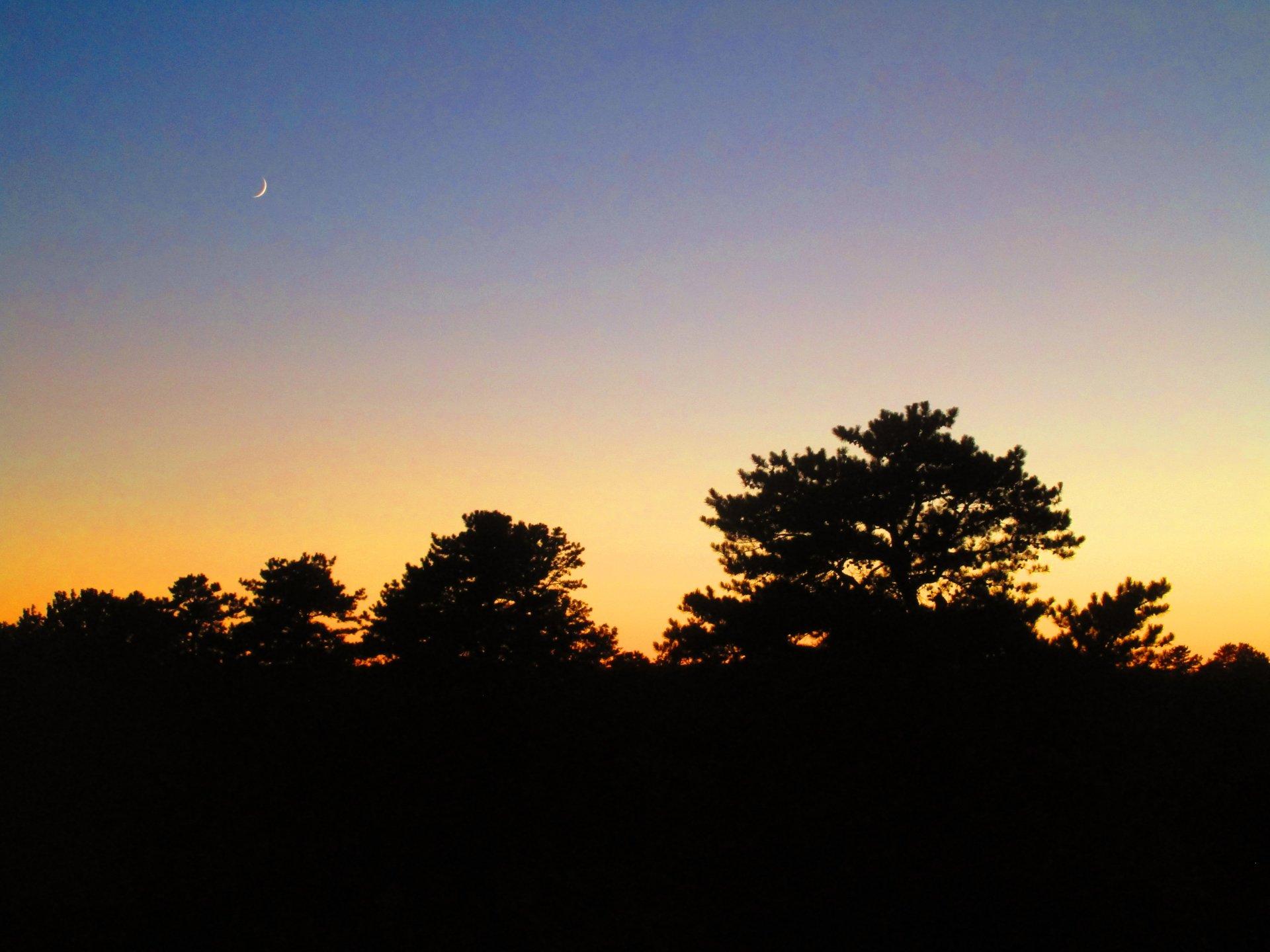The Rome Sand Plains

The Rome Sand Plains
by Lynne Jackson
Earlier this month, my husband and I had the pleasure of being given a personal tour of the Rome Sand Plains, a geological and biological sister to our Pine Bush. Located southeast of Rome, New York, the Sand Plains are similar to our Pine Bush, but also different.
Our guides were my old friend Carol Alarie, planner for the City of Rome, and her 6 year-old daughter, Alicia.
Formed 10,000 years ago (at the same time as the Pine Bush), the Rome Sand Plains is a unique combination of high sand dunes and low peat bogs. Mixed northern hardwood and pine barrens forests open abruptly into meados, wetlands, and peat bogs. This mix of habitats makes the Sand Plains truely unique. Rare plants and animals live in the Sand Plains, including the red shouldered hawk, spotted turtle, and the blue lupine. However, our favorite butterfly, the Karner Blue, does not live in the Sand Plains.
We walked up incredibly high parabolic sand dunes. One side of the dune would gently slope down-ward, while the other side dropped straight down for many feet. The Sand Plains are beautiful, but different from the Pine Bush. Trees seem to be taller, and there are more white pine. Oaks grow large, unlike our shorter scrub oak in the Pine Bush. But, the sandy dunes seemed just like home. The sand was very fine, and free of debris.
There is another big difference between the Sand Plains and the Pine Bush; much of it is remains undeveloped and much has been preserved. It seems that Rome is interested in preserving the Sand Plains.
Rome itself is quite an interesting city. In 1973, Rome tore down some buildings and parking lots in downtown in order to excavate Fort Stanwix, a key fort during the Revolutionary War. After the site was excavated, an exact replica of the fort was built, and it is now a Federal Park. Can you imagine the City of Albany tearing up Interstate 787 to excavate Fort Orange and building a replica on the site? Can you image the City saving any buildings or site from the 17th century? What continues to amaze me, is that Albany is the oldest continuously settled city in the original 13 colonies, yet it is forever trying to obliterate its history. There are no historical sites that I can think of that indicate the very old, and historic nature of Albany (if you can think of one, please let me know!). On the other hand, Rome, a city that didn’t exist until the early 1800’s and is almost 200 years younger than Albany, has created tourist sites around its history, including not only the magnificent Fort Stanwix, but the Old Erie Canal Village.
Printed November, 1997
